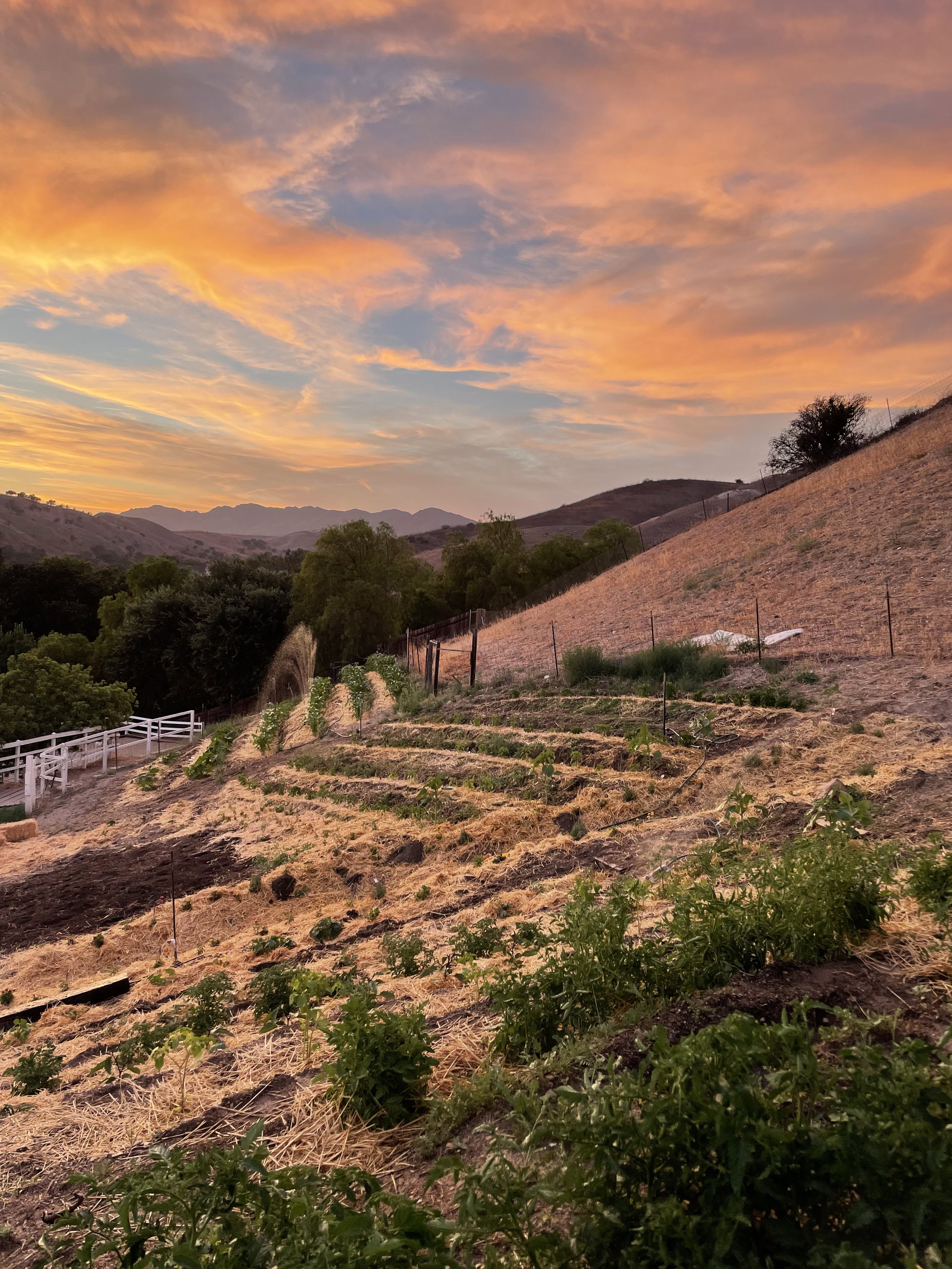Sorry, dad jokes are sort of my jam. Masa, as many of you who have ventured to our journal page likely probably already know, is a dough made from nixtamalized corn that is used to make tortillas. As with most things in life, all tortillas are not created equal, and the main differentiator is usually the masa. I would venture to say that over 95% of Mexican restaurants in Los Angeles either buy their masa or buy their tortillas. And don’t get me wrong, there are some great commercial tortillerias in LA. Making masa is a difficult and time intensive process and starts by nixtamalizing grains of field corn by cooking and soaking them in an alkaline liquid to soften the hard outer layer of the corn kernel. This process not only removes the undigestible pericarp layer of the field corn, but it also brings out the nutritional value of the corn by making calcium and niacin available to be digested. The process of nixtamalization has been around for thousands of years by way of cooking the corn in an alkaline solution made from ash. In modern times, calcium hydroxide or cal is often used in most nixtamalization processes.
The corn is then ground on a stone mill into dough and then pressed into tortillas. It’s not a simple process that most restaurants tend to skip, instead opting for purchasing pre-made tortillas, pre-made masa or using the dreaded “maseca” to make their tortillas. Sadly, many people in the US and even in Mexico have been subjected to a deluge of corn tortillas made from maseca, a just add water instant corn “masa” flour invented in the ‘40s to simplify the process of making tortillas. I’m sure you’ve had the cardboard textured, bland, tasteless tortillas that this produces. Sure these tortillas act as a vessel for whatever deliciousness is inside of them, but that’s it. Flavor deserts.
At Mirame, we made the decision to create our masa from scratch. We partnered with Masienda, a business in Los Angeles who leads the charge in LA on importing quality heirloom corn sustainably and ethically sourced directly from farmers in Mexico. We typically use a blend of ocotillo azul, blue cónico, and red cónico corn all imported from the State of Mexico and from Oaxaca. So why do we go through all of the hard work and effort? Because our tortillas are delicious and we believe in the process. We’re currently growing our own field corn on our farm in Agoura as a masa-experiment. we did a test crop this year to see what would happen, and results are looking promising! We planted later in the season than was ideal, but next year is going to be our year!















